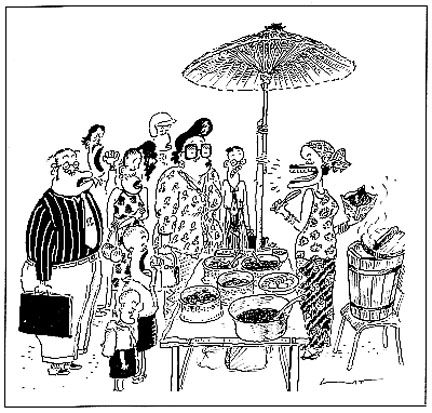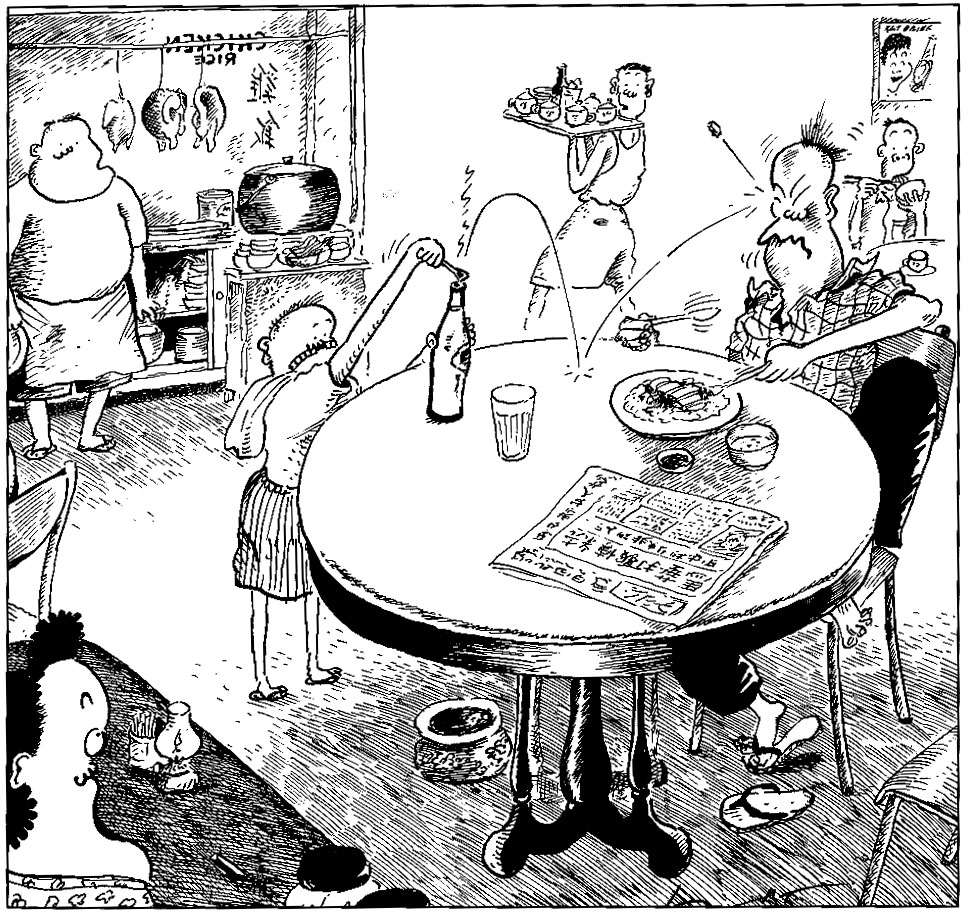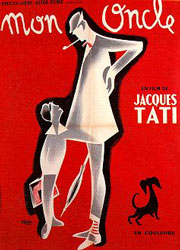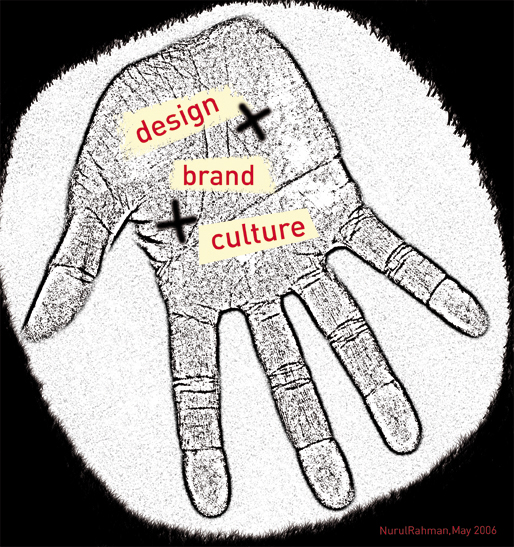Creative Commons Attribution-NonCommercial-NoDerivs 2.5 License.
DESIGNING A RESEARCH REPORT (2007)
End of last year I was asked to design a research report for School of Applied Communication by the Director of Research, Dr. Vaughan. The whole point is to presented the research activities that the school have done in 2007. Also if it’s possible to put some images from the researcher. The task sounds easy and I agree to take. The whole design process included collections of information from all the researcher, collections of images and the design process. We decided to make a from so it will be easier for us to have the information instead of keeping the emails that contained the details. But because the researches life is pretty busy, we need to keep reminding them to fill in the form. And yes, when it comes to the very end, we still receives some changes and new forms. Then we have to fit in all the information in one document and categorize the topics. Later when its ready, Angelo (the administration person who handle the emails and enquires) sent the whole document to me. I then have to transfer the words file to indesign. That’s for the collections process.
Now it comes to design process. I started with a concept and did some brain storming. I discussed with Dr. Vaughan about it and added some other information that they want to be in. We try to standardize the design to RMIT design layout. I make few design mock-up and showed to the member to get some feed back. Came back with pretty much changes. I did few rounds in that steps. Then finally managed to get the final design look that please everybody. The whole project took nearly three weeks time to finish. Here are some of the samples and the full version in PDF.
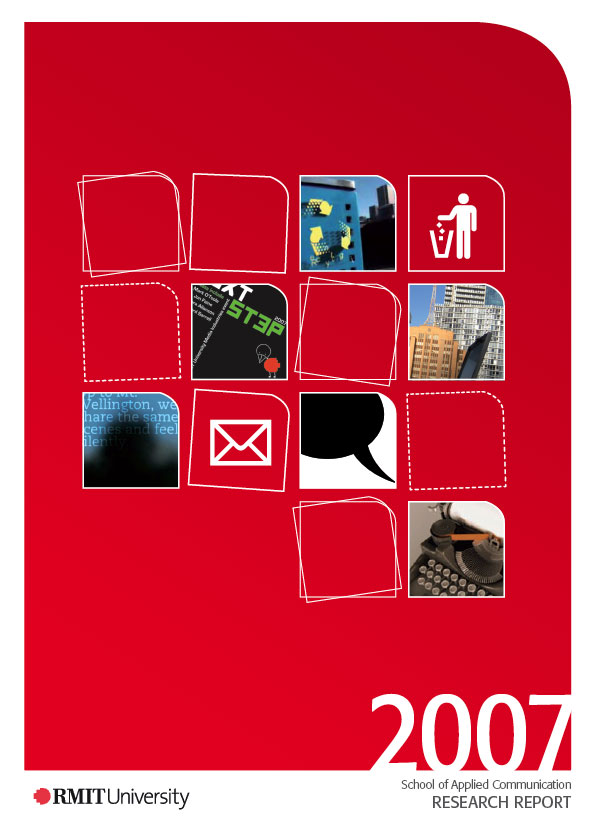
REDESIGNING SBS ANNUAL REPORT (2005)

There are few design job that I did last year for my Masters in Design by project. The last one is a case study project on SBS annual report. It is more about designing an annual report as a Information Design System.
I’m researching about what people call ’emotional design’ which is from my opinion is not much different than branding (I figure this after the research). Then I tried to find a way of putting ’emotional design’ together with ‘information design’.
Some of the reference I got are from Marc Gobe with his book called Emotional Branding.
“In many, many more words than needed, Marc Gobe makes an argument for using the corporate and product attributes to build a brand. For example, the name. “Lexus” sounds like luxury. “Viagra” suggests vigor and virility.
The Ford Expedition, the Ford Excursion and the Ford Escape are all named with less than subtle ulterior motives.
Use of color may also assist in conveying a desired brand image. Red conveys one thing; blue another. Blue, pink, orange, black – each color is stereotyped with certain personality traits. The shape of the bottle that holds your soft drink; the texture of the paper that brochure is printed on; the font used for the corporate logo; all these things add up to build a brand image.”
Taken from link to reviews of Emotional Branding Book – http://www.v7n.com/emotional-branding.php.
Belows are the brief page:
From this I thought may be I can suggest SBS to come out with a new promotion kit, just for certain season. My idea is for SBS to have a new look, not to replace the look that they are now but just to make a little bit different for a period of time.
So I came out with the theme ‘Turn ON SBS’, this idea came from a discussion with Keith, SBS Promotion Manager in Sydney. He wanted to have something different but still he wanted to use the same content as the old brochure SBS have.
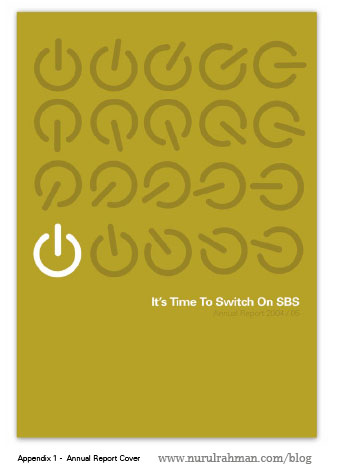

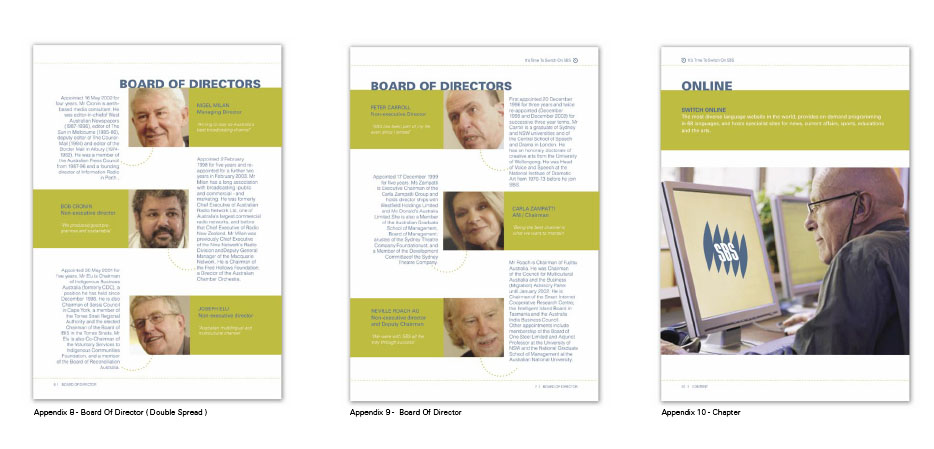
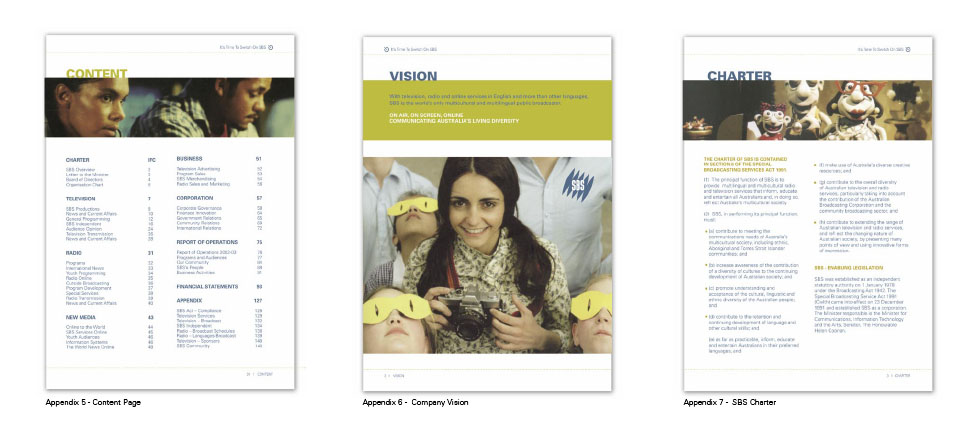
DESIGN AS A SERVICE
In one of my Masters Class we did this exercise to understand the the concepts then visualized it through different layout. We’re designing an event. Under the event umbrella we have to provide the corporate logo, stationary set, brochures and other printed material that we can think of. I choose rock climbing event in Melbourne CBD. I got inspired by the architecture of the Federation Square, modern and challenging structure. I thought it would be a good if we could climb the fed Square.


